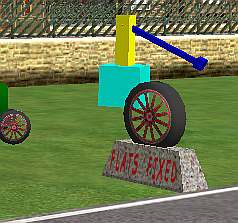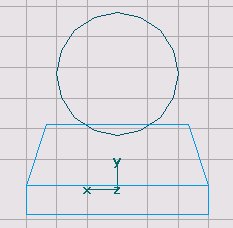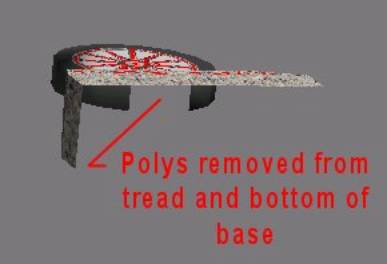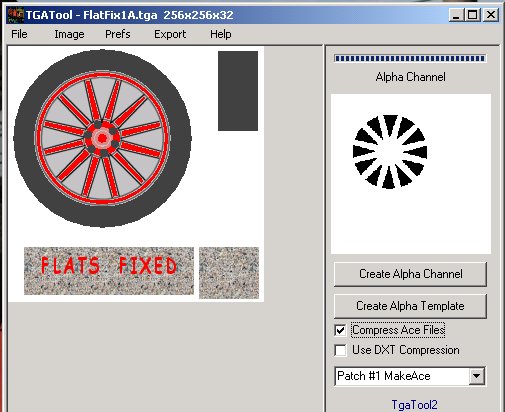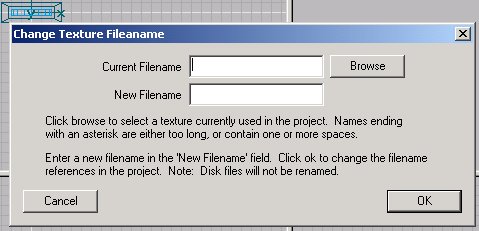Make your BMP for the textures. Here is what mine looks like and you may use it if you so desire. It is a simple single layer bmp made in the PSP7 program. Click on the image to save a ZIP file containing the BMP: It is a 256 x 256 texture and probably could have been made even smaller.
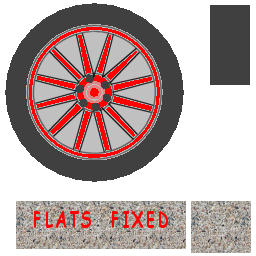
The wheel texture took several hours to make, and there is no particular reason for the colors. I just continued to hack until I got something that looked reasonable to me. Learning to make concentric circles was a chore and so was drawing and coloring the spokes. Save your work.
Now we are going to begin the process of making the alpha channel from this bmp. You may think that you can only make an alpha channel from a tga file, but I found that you can work with a bmp file in PSP7, through the point of saving the alpha channel, and then convert the whole thing to a tga file, without difficulty. The only tool we are going to use is the Selection tool.
Lets begin with the Magic Wand tool. It is located on the tool bar and looks like a magician's baton. When you click on it, the Tool Options window can be opened to give you some choices for how the Magic Wand will operate.

Since the bmp has a consistent background color of gray between the spokes and these are the areas you wish to become transparent in the Sim, they are the ones to be "alpha"ed out. Choose RGB Value for the Match mode, and the Magic Wand will focus on the first color you select. Or at least that is what the PSP Help file says. In fact, I found that it does not seem to matter which Match mode you choose - you get the desired result as long as you click in the proper areas. Set the Tolerance at 0 so the selection will stick with the exact color, and the Feather to 0 so that the selection sticks close to the line. These two numbers appear to be critical for our purposes. Move the cursor to any gray area between two spokes, and left click once. You will now see the marching ants (selection) about the area in which you clicked.

Then, place the cursor on each of the successive gray areas about the hub, and holding down the SHIFT key, continue to left click until all of the areas between the spokes are selected. We have just selected all the areas that are to become transparent.
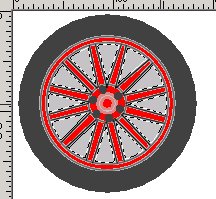
Now, comes the mysterious part. We must invert the selections.
Go to the Menu bar at the top and click Selections | Invert. This will add a selection or marching ants about the outside of the canvas, and keep what appear to be the same selections about the gray areas. The selections about the gray areas are now really between the gray areas and the outer canvas selection. Look for the line of marching ants about the rim of the canvas, as well as the previously selected gray areas, as shown in the next photo. After you see this, you are ready to make the alpha channel.
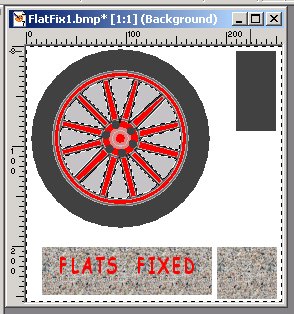
Go back to the Menu bar, click Selections | Save to Alpha Channel. The "Save To Alpha" window opens. Note it has a preview of the alpha channel you are about to save, and notice that the areas between the spokes are black - which means transparent - and the rest of the channel is white - which means the original colors on the main file will show through, i.e. they are not masked out.
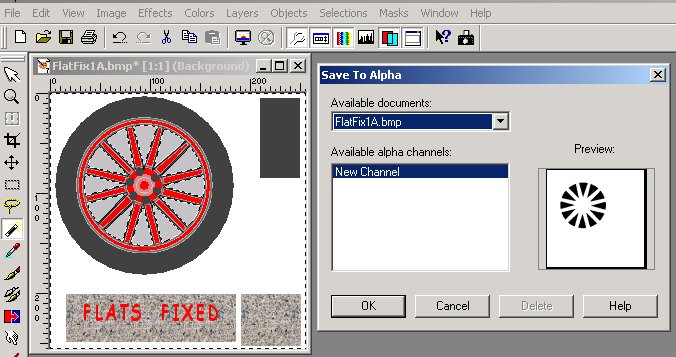
This is just what we wanted. Click OK, and this will result in a still further window appearing. It is called New Channel and it allows you to pick a name for the alpha channel, in case you ever want to use it again, or use it in another project.
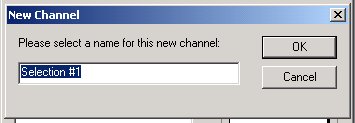
You probably won't, so simply click OK, thus choosing the default name, probably Selection #1.
After you have Ok'ed your way out of these boxes, you are now back to the scene 2 photos ago, which is where you had inverted the selections. It is now time to convert and save your texture with the alpha channel, as in the next section.


